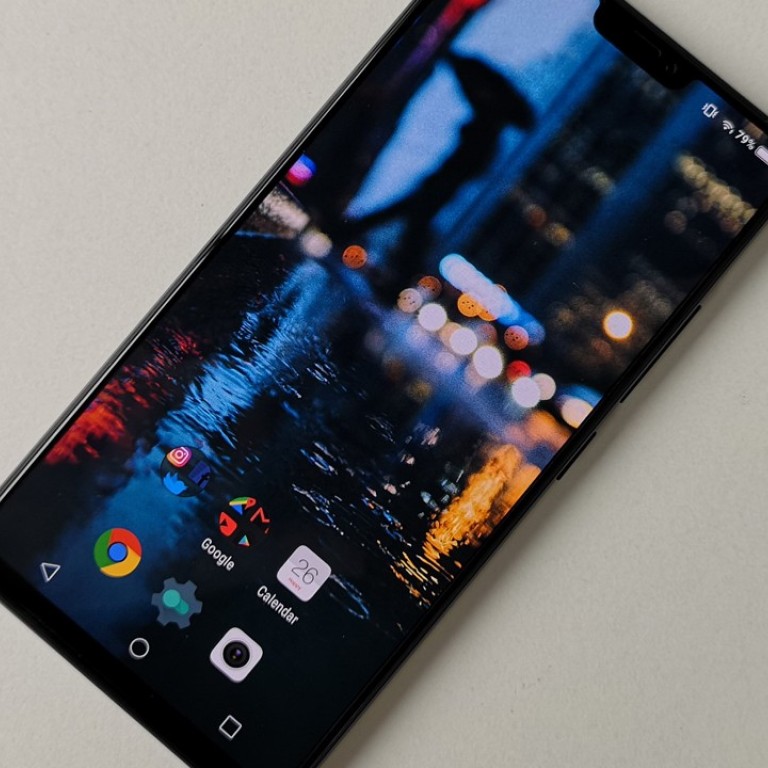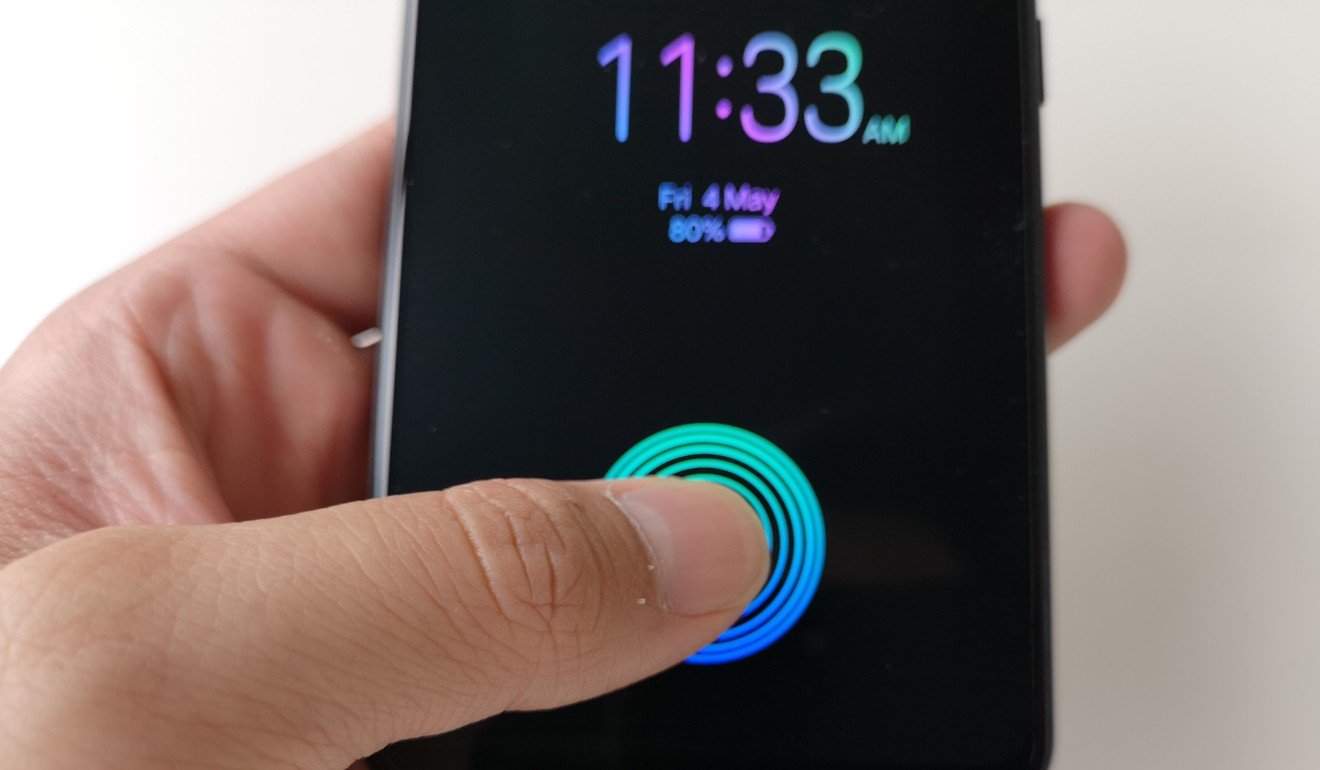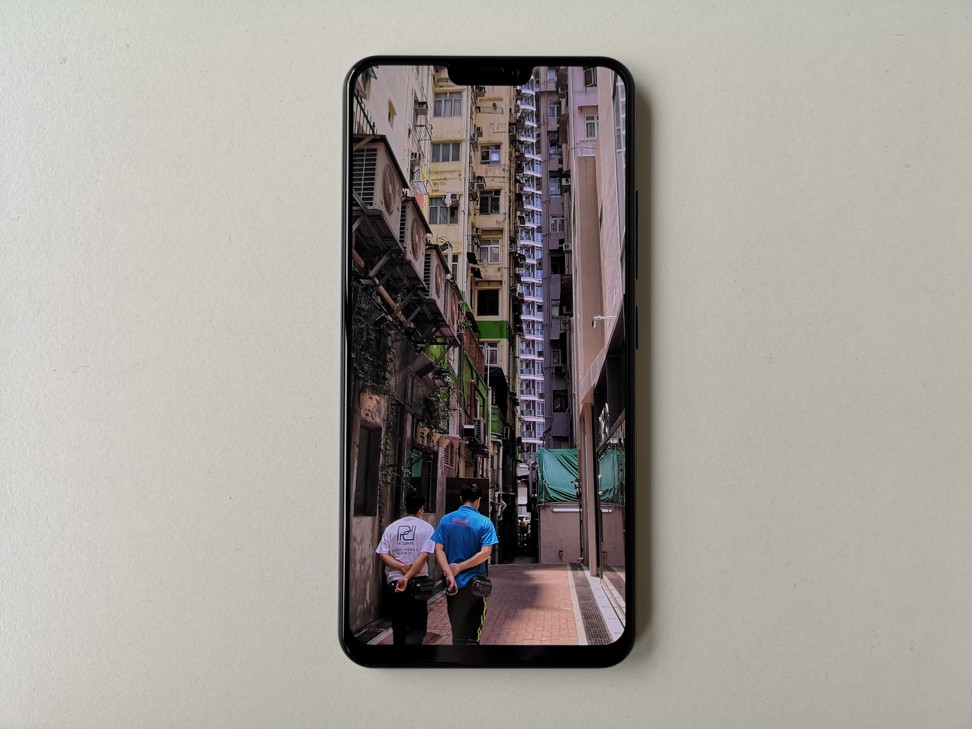
Review | Vivo X21, first smartphone with fingerprint sensor under screen, is a thing of wonder
You can’t believe its real for the first few hours – a gentle finger press is all it takes to unlock this iPhoneX clone from Chinese firm that’s beaten Samsung to the punch. Here’s the thing, though: you might prefer Vivo’s old-tech V9
Speculation was rampant ahead of the launch of the iPhoneX that it would feature an “invisible” Touch ID fingerprint sensor embedded underneath its screen. It didn’t happen, and Apple has since denied ever considering going down that route, but it’s open knowledge that Samsung really wanted to feature the technology on its Galaxy S8 before accepting it just wasn’t ready.
Well, it’s ready now and, surprisingly, Chinese brand Vivo got there first with the recent release of the X21 smartphone.
Here’s how the technology works: the fingerprint sensor, which until now has been housed on a bottom bezel or the back of a phone, is placed underneath an OLED display panel (it would not work on an LCD panel because that is thicker and requires a backlight), where it scans a user’s fingerprint via the tiny gaps between each individual pixel of the display panel.
The process of registering a fingerprint on the X21 is the same as on any other phone – I had to repeatedly place my finger on the sensor area and then lift it – except that it took twice as long. Once registered, the X21’s screen will display a circular area indicating where the sensor is underneath the display whenever the phone is locked or in apps that require fingerprint authentication.

During my first couple of hours of testing I couldn’t quite believe my eyes: I was able to unlock the X21 just by placing my thumb gently on the display – though I must say the scanning process is quite slow, at about half a second.

Other than this new tech, the X21 is nearly identical to the Vivo V9 we reviewed just last month, save for a slightly improved processor (the Snapdragon 660 is used in the X21) and RAM (6GB of RAM compared to the 4GB on the V9).
Vivo V9 first impressions: iPhone X lookalike is comfortable and sleek without the high-end specs
That means the X21 has the same 6.3-inch display with a notch for the front-facing camera, and the same dual-camera set-up on the back. And yes, the X21, like the V9, is an iPhone X clone.
Despite its unoriginal look, we liked the V9 for its huge screen in a relatively slim body, and the solid dual cameras that produce respectable photos even in lowlight situations. All of that holds for the X21. Watching full-screen Instagram stories or YouTube videos on its near bezel-less OLED panel is a very enjoyable experience.

Although the X21 has the more headline-grabbing tech, the V9 may be a better phone for day-to-day use – because the “normal” fingerprint reader is much faster than the underscreen reader.
At HK$4,498, the Vivo X21 costs roughly HK$1,000 more than the V9.

